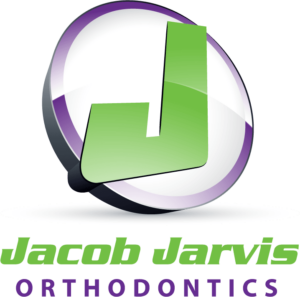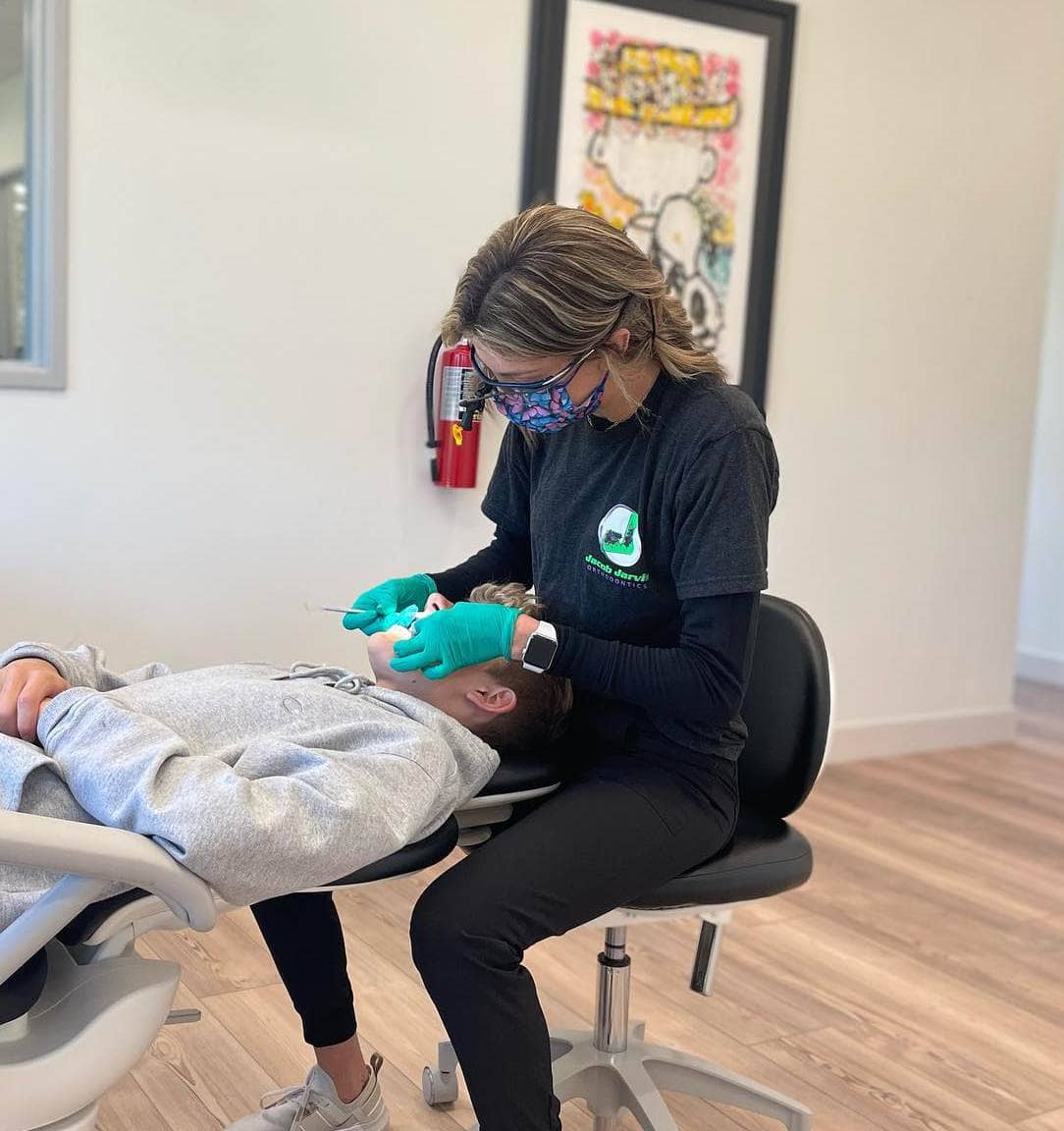As parents, ensuring your child has a healthy, confident smile is one of your top priorities. For some children, this requires more than just regular dental checkups—it may involve orthodontic care at an early age. One effective method to achieve long-term oral health is Two-Phase Orthodontic Treatment. This comprehensive approach to correcting dental and jaw alignment can significantly affect your child’s development, preventing serious orthodontic issues later in life.
In this blog, we’ll explore what Two-Phase Orthodontic Treatment entails, why it’s essential for your child, and how it can benefit their overall health and confidence.
What Is Two-Phase Orthodontic Treatment?
Two-Phase Orthodontic Treatment is a specialized orthodontic process designed to optimize your child’s dental and jaw alignment through early intervention and follow-up treatment. As the name suggests, this treatment is divided into two distinct phases:
Phase 1: Early Intervention
This crucial phase typically begins when a child is between 6 and 10 years old. At this stage, the primary focus is on guiding the growth and development of the jaws and teeth. This is a prime window of opportunity because the facial bones are still growing and more receptive to orthodontic intervention.
Key Objectives of Phase 1:
- Jaw Growth Guidance: During this period, the orthodontist aims to influence how the jaws grow. This is particularly important in cases where there are discrepancies in the size or position of the upper and lower jaws. By using specialized appliances, the orthodontist can gently guide the jaws into a more favorable growth pattern, reducing the severity of bite problems like underbites or overbites.
- Space Management: As permanent teeth begin to erupt, they need adequate space to align properly. Early intervention can address issues like crowding or excessive spacing between teeth. Appliances like expanders can widen the dental arches, creating more room for the emerging permanent teeth.
- Habit Correction: Certain habits, such as thumb-sucking or prolonged pacifier use, can exert significant pressure on the developing teeth and jaws, leading to misalignment. Phase 1 treatment can help break these habits and minimize their impact on oral development.
- Addressing Severe Problems: In some cases, early intervention is necessary to address severe orthodontic issues that could significantly impact a child’s facial development, speech, or even breathing.
Common Appliances Used in Phase 1:
- Expanders: These appliances gently widen the upper or lower jaw to create more space for teeth.
- Space maintainers: These devices prevent the shifting of teeth after the loss of primary (baby) teeth, ensuring that adequate space is maintained for the incoming permanent teeth.
- Habit-breaking appliances: These devices discourage thumb-sucking or other harmful habits.
Phase 2: Comprehensive Treatment
Phase 2 of orthodontic treatment typically begins when most of a child’s permanent teeth have erupted, usually between the ages of 11 and 13. This is the stage where the focus shifts to fine-tuning the alignment of the teeth and achieving the final desired result: a beautiful, healthy smile with proper bite function.
Key Objectives of Phase 2:
- Teeth Alignment: Braces or clear aligners are used to move teeth into their ideal positions, correcting issues like crowding, spacing, overbites, underbites, and crossbites.
- Bite Correction: The orthodontist works to ensure that the upper and lower teeth come together correctly, allowing for proper chewing and biting.
- Refining Facial Aesthetics: Orthodontic treatment can also improve the overall appearance of the smile and facial profile.
Common Treatment Methods in Phase 2:
- Braces: Traditional metal braces or more discreet ceramic or clear braces are commonly used to apply gentle pressure to the teeth, gradually moving them into their desired positions.
- Clear Aligners: Invisalign® and other clear aligner systems offer a more aesthetically pleasing alternative to traditional braces. These removable aligners are changed every few weeks, gradually shifting the teeth into their final positions.
Duration of Phase 2:
The duration of Phase 2 treatment varies depending on the complexity of the case. On average, it can last anywhere from 12 to 24 months, but some cases may require longer treatment times.
Retainers:
Once the braces or aligners are removed, retainers are typically worn to maintain the achieved results. Retainers are custom-made oral appliances that hold the teeth in their new positions while the surrounding bone and tissues stabilize.
Why Is Two-Phase Orthodontic Treatment Essential for Your Child’s Smile?
Many parents wonder, “Why not wait until all the permanent teeth come in?” The answer lies in the benefits of early orthodontic treatment. Let’s break down why this approach is essential:
- Corrects Jaw Growth During Development
In the early years, your child’s jaw is still growing and malleable. Phase 1 treatment can address problems like jaw misalignment (overbites, underbites, or crossbites) and guide growth in the right direction.
- Prevents More Serious Orthodontic Issues
Early orthodontic treatment can help prevent more severe dental problems, such as excessive crowding, impacted teeth, or jaw discrepancies that may require surgery if left untreated.
- Creates Space for Permanent Teeth
By correcting alignment and expanding the arches during Phase 1, orthodontists ensure there’s enough room for permanent teeth to come in naturally, reducing the likelihood of future extractions.
- Boosts Confidence and Self-Esteem
Misaligned teeth and bite problems can impact a child’s confidence. Starting treatment early helps them feel good about their smile during critical social years.
- Shortens Overall Treatment Time
Addressing issues early often makes the second phase of treatment shorter and more effective, saving your child from prolonged time in braces as a teenager.
Is Two-Phase Orthodontic Treatment Right for Your Child?
Not every child will require Two-Phase Orthodontic Treatment, but early orthodontic evaluations can help determine if it’s necessary. According to the American Association of Orthodontists, children should have their first orthodontic consultation by age 7. At this age, orthodontists can identify potential issues and recommend a tailored treatment plan, if needed.
If your child is showing signs of overcrowded teeth, difficulty chewing, jaw misalignment, or habits like thumb-sucking, they might benefit from this two-step approach. Early detection and treatment can save you time, money, and the stress of addressing more complex orthodontic issues later.
Two-Phase Orthodontic Treatment at Jacob Jarvis Orthodontics
At Jacob Jarvis Orthodontics, we specialize in offering customized Two-Phase Orthodontic Treatment plans for children. Our goal is to ensure your child has a healthy, functional, and radiant smile that lasts a lifetime.
Our Two-Phase Treatment includes:
- Comprehensive early evaluations to determine if your child is a candidate for treatment.
- Expertly designed Phase 1 treatments like expanders and partial braces to guide jaw and dental growth.
- Advanced Phase 2 orthodontic care using braces or clear aligners to perfect alignment and bite.
Schedule Your Child’s Orthodontic Consultation Today
Early orthodontic care can set the foundation for a lifetime of oral health and confidence. If you think your child might benefit from Two-Phase Orthodontic Treatment, now is the time to take action. Contact Jacob Jarvis Orthodontics today to schedule an appointment and give your child the gift of a healthy, beautiful smile.
FAQs About Two-Phase Orthodontic Treatment
What is the ideal age to start Two-Phase Orthodontic Treatment?
Children should have their first orthodontic evaluation by age 7. Phase 1 treatment typically begins between ages 6 and 10, depending on the child’s specific needs.
How long does each phase of treatment last?
Phase 1 typically lasts 9 to 12 months, while Phase 2, which occurs after all permanent teeth have erupted, may last 12 to 24 months.
Is Two-Phase Orthodontic Treatment more expensive than traditional braces?
The cost of Two-Phase Treatment can be higher initially due to the early intervention, but it often prevents the need for extensive or invasive orthodontic procedures later, which can save money in the long run.
Does my child need braces in both phases?
Not always. Phase 1 may involve expanders or other appliances rather than braces. Braces or aligners are typically used during Phase 2 to refine alignment.
What happens if I skip Phase 1?
Skipping Phase 1 can result in more severe orthodontic issues later, potentially requiring more invasive and costly treatments, such as jaw surgery or tooth extractions.
Will my child experience discomfort during treatment?
Yes, some discomfort is to be expected, especially during the first few days after adjustments to braces or appliances. Over-the-counter pain relievers can usually help manage any discomfort.
Regular checkups with the orthodontist allow for adjustments to be made gradually, minimizing discomfort.
How often will my child need to visit the orthodontist?
The frequency of visits varies depending on the type of treatment and the child’s progress. Typical appointments occur every 4-8 weeks for adjustments and monitoring. Consistent checkups are crucial for ensuring treatment is progressing as planned.
Can my child participate in sports during orthodontic treatment?
Yes, most sports can be played safely with braces. Mouthguards are highly recommended to protect the braces and prevent injury to the mouth. Contact sports may require special considerations, such as custom-fitted mouthguards. The orthodontist can provide specific guidance on sports participation during treatment.
How can I help my child maintain good oral hygiene during treatment?
- Proper oral hygiene is crucial for successful orthodontic treatment.
- Teach your child to brush thoroughly after every meal and before bed.
- Floss daily to remove food particles trapped around braces or aligners.
- Use an interdental brush to clean around wires and brackets.
- Regular dental checkups are essential for maintaining good oral health throughout treatment.






